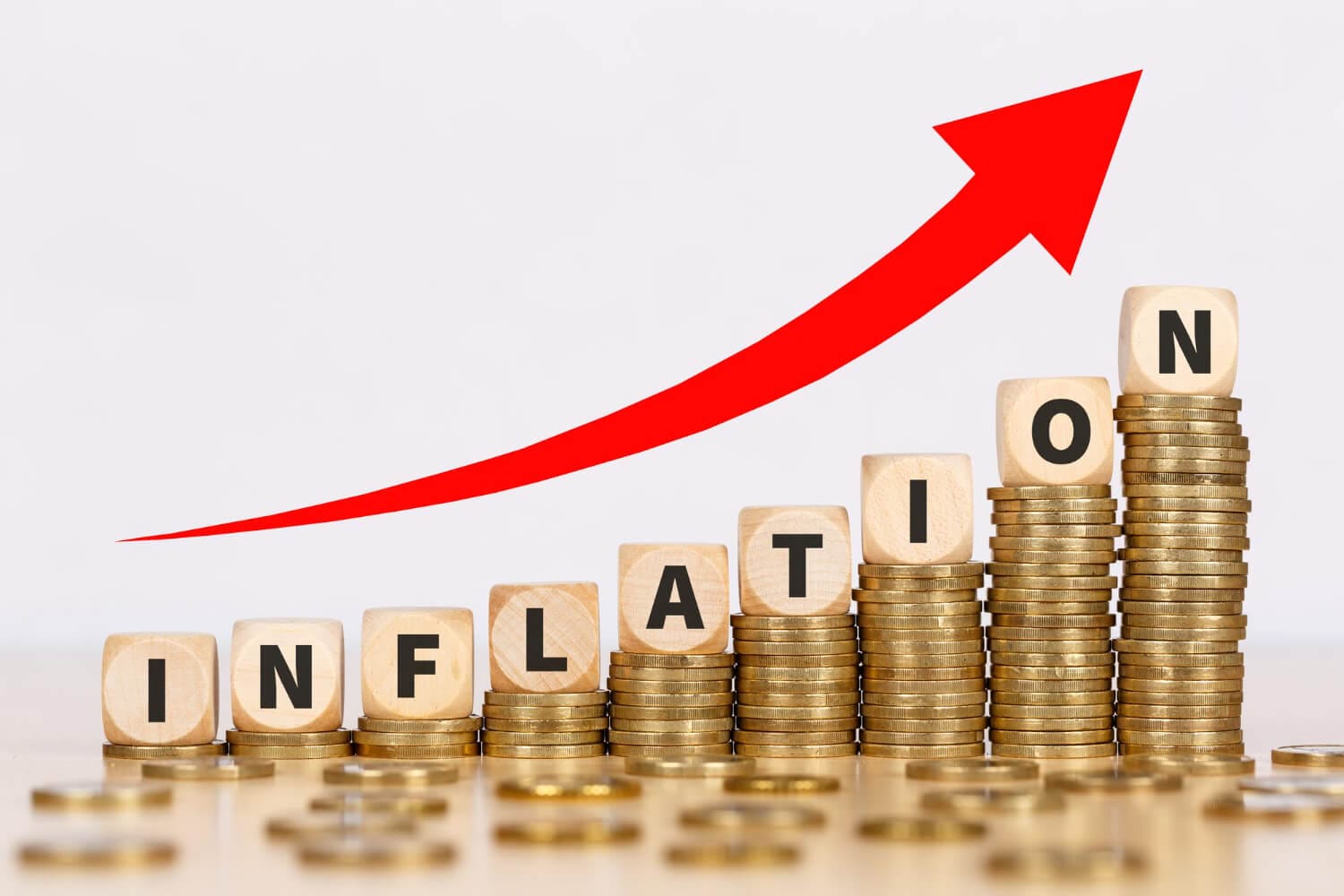When it comes to forex trading, the Federal Bank plays a pivotal role in shaping the landscape. But how exactly does it influence the currency markets? In this detailed article, we’ll dive into the multifaceted world of the Federal Bank’s involvement in forex trading, exploring its mechanisms, impacts, and what traders need to know to navigate these waters successfully.
Understanding the Federal Bank’s Role in Forex Trading
Forex trading, or foreign exchange trading, is all about buying and selling currencies. The Federal Bank, often referred to as the Federal Reserve or simply the Fed, is the central bank of the United States. Its policies and actions are crucial in determining currency values and overall market stability.

The Federal Reserve: A Brief Overview
History and Structure
The Federal Reserve was established in 1913 to provide the nation with a safer, more flexible, and stable monetary and financial system. It’s composed of a Board of Governors, 12 regional Federal Reserve Banks, and the Federal Open Market Committee (FOMC). This structure ensures a balance of perspectives in monetary policy decisions.
Primary Functions
The Fed’s primary functions include managing inflation, supervising and regulating banks, maintaining financial stability, and providing banking services to depository institutions. Each of these roles significantly impacts forex markets, as they directly affect currency valuation.
How the Fed Influences Forex Markets
Monetary Policy and Interest Rates
One of the most direct ways the Fed influences forex markets is through its monetary policy, particularly interest rates. When the Fed raises interest rates, it can lead to a stronger US dollar because higher rates attract foreign investment. Conversely, lowering rates can weaken the dollar.
Open Market Operations
Open market operations (OMOs) involve the buying and selling of government securities in the open market. These actions influence the money supply and liquidity in the banking system, impacting interest rates and, consequently, forex markets.

The Federal Open Market Committee (FOMC)
Role and Meetings
The FOMC is crucial in setting the direction of US monetary policy. It meets eight times a year to discuss economic conditions and decide on the appropriate stance of monetary policy. These meetings are closely watched by forex traders for any signals on future policy actions.
Impact on Forex Trading
FOMC decisions can cause significant volatility in forex markets. For instance, an unexpected rate hike can lead to a rapid appreciation of the US dollar. Traders often analyze FOMC minutes and statements to gauge future policy moves.
Inflation and Forex Trading
The Fed’s Inflation Targets
The Fed aims for a 2% inflation rate as part of its dual mandate to promote maximum employment and stable prices. Inflation levels influence the purchasing power of the dollar and thus its value relative to other currencies.
Inflation Reports and Market Reactions
Monthly inflation reports, like the Consumer Price Index (CPI) and the Producer Price Index (PPI), are critical indicators for forex traders. These reports can prompt swift market reactions as traders adjust their positions based on perceived changes in inflationary trends.

Economic Indicators and Forex Markets
Employment Reports
Employment reports, such as the Non-Farm Payrolls (NFP), provide insights into the health of the economy. Strong job growth can lead to a stronger dollar as it signals economic robustness, while weak reports may have the opposite effect.
GDP and Economic Growth
Gross Domestic Product (GDP) reports indicate the overall economic performance. Higher GDP growth rates can boost investor confidence in the dollar, leading to higher demand and a stronger currency in forex markets.
The Fed’s Communication and Market Sentiment
Forward Guidance
The Fed uses forward guidance to communicate its future monetary policy intentions. Clear and predictable guidance helps stabilize markets, but any deviation from expected communication can cause significant forex volatility.
Market Interpretations and Reactions
Forex traders closely monitor Fed communications, including speeches by Fed officials, to interpret market directions. Even subtle hints or changes in tone can lead to substantial shifts in market sentiment and trading strategies.

The Impact of Federal Bank Actions on Currency Pairs
Major Currency Pairs
The Fed’s actions primarily impact the USD and major currency pairs like EUR/USD, GBP/USD, and USD/JPY. These pairs often exhibit increased volatility around Fed announcements and policy changes.
Emerging Market Currencies
The Fed’s policies also affect emerging market currencies. For instance, a stronger dollar resulting from higher US interest rates can lead to capital outflows from emerging markets, depreciating their currencies.
Strategies for Forex Traders
Analyzing Fed Announcements
Successful forex traders pay close attention to Fed announcements and economic indicators. They use this information to anticipate market movements and adjust their trading strategies accordingly.

Risk Management
Given the potential for high volatility around Fed decisions, effective risk management is crucial. This includes setting stop-loss orders, diversifying trades, and staying informed about upcoming Fed meetings and economic reports.
The Future of the Federal Bank in Forex Trading
Evolving Monetary Policies
As the global economy evolves, so too does the Fed’s approach to monetary policy. Traders need to stay abreast of these changes and adapt their strategies to the Fed’s shifting focus areas, such as digital currencies and economic inclusivity.
Technological Advancements
Advancements in technology and data analytics are also shaping forex trading. Tools like algorithmic trading and AI-driven analytics can help traders better predict and react to Fed policies and market movements.
Conclusion
The Federal Bank’s influence on forex trading is profound and multifaceted. From setting interest rates to providing forward guidance, the Fed’s actions reverberate through currency markets, affecting traders and economies worldwide. Understanding these mechanisms and staying informed about Fed policies can give forex traders a significant edge in navigating the complex world of currency trading.
FAQs
How does the Federal Reserve influence forex markets?
The Federal Reserve influences forex markets primarily through its monetary policies, including setting interest rates and conducting open market operations. These actions affect the value of the US dollar and, by extension, other currencies.
What is the FOMC and why is it important for forex traders?
The FOMC (Federal Open Market Committee) is responsible for setting US monetary policy. Its decisions on interest rates and economic outlooks significantly impact forex markets, making its meetings and statements crucial for traders.
How do inflation reports affect forex trading?
Inflation reports, such as the CPI and PPI, provide insights into price stability and economic health. Higher inflation can lead to expectations of interest rate hikes, strengthening the currency, while lower inflation might signal potential rate cuts, weakening the currency.
Q4: What economic indicators should forex traders monitor?
Forex traders should monitor indicators like employment reports, GDP growth rates, and inflation data. These indicators provide valuable insights into economic conditions and potential central bank actions.
Q5: How can traders manage risks associated with Federal Bank decisions?
Traders can manage risks by staying informed about Fed policies, using stop-loss orders, diversifying their trades, and closely monitoring economic indicators and Fed communications to anticipate market movements.
